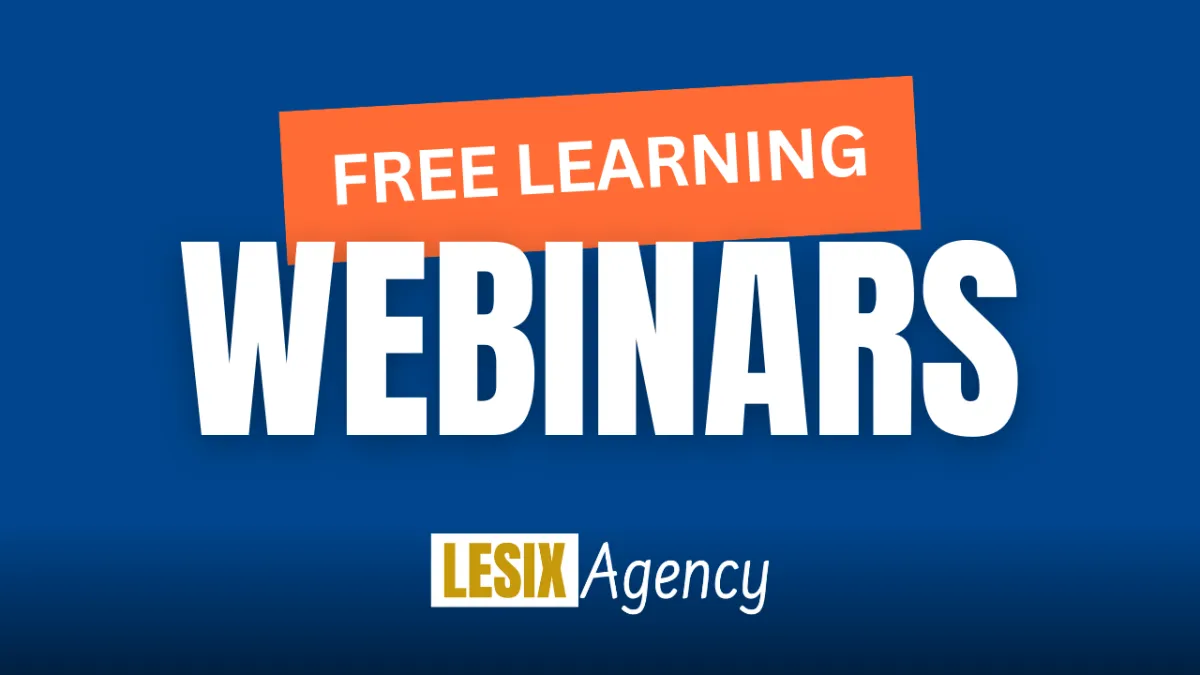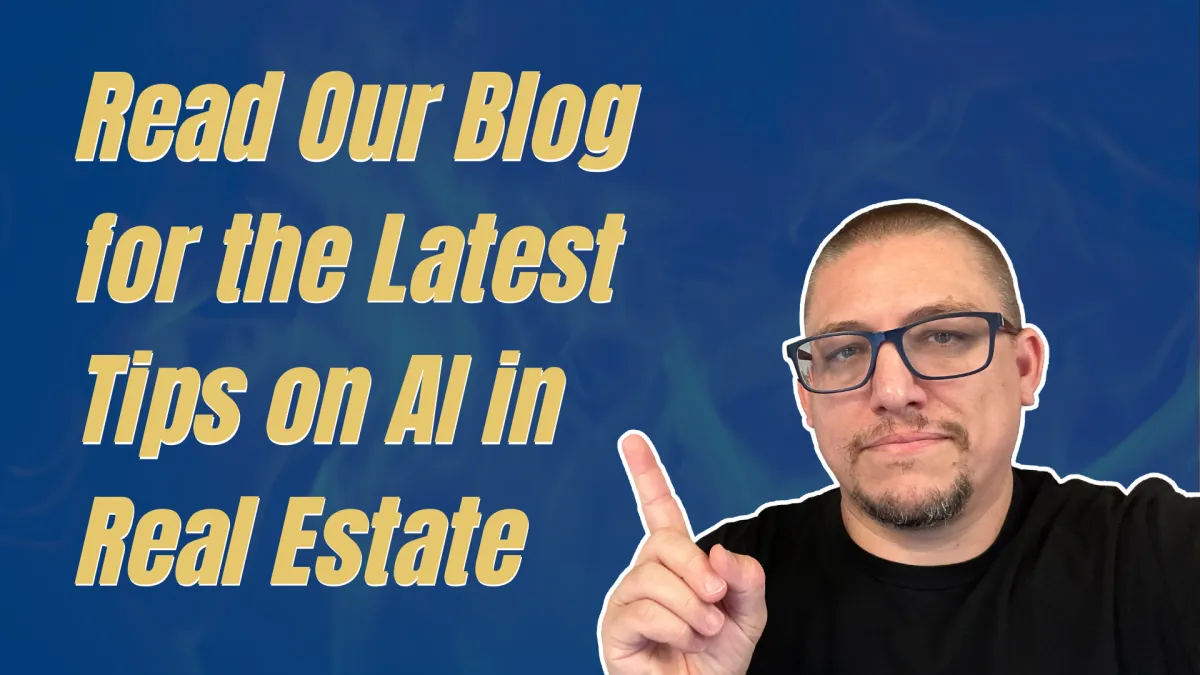
How Can Agents Build Trust Through Automated Systems?
In the fast-paced world of real estate, where relationships are everything, many agents wonder, "How can agents build trust through automated systems?". It's a valid concern, as we often hear how crucial personal connections are.
So, how can technology fit into that picture? The reality is automation, when used thoughtfully, can strengthen those connections. The trick lies in balancing efficiency with a genuine human touch and knowing when to intervene. But this is more than just a balancing act and you'll see real-world examples.
Unlock your potential with AI-powered solutions tailored to your real estate needs. Save time, grow faster, and work smarter. Schedule your discovery session now at lesix.agency/discovery.
Understanding the Human-Automation Dynamic
How can agents build trust through automated systems? Automation trust has always been a challenge. People initially worry about jobs being replaced and the complexity.
Fears of losing jobs aren't new; they stretch back to the Industrial Revolution. A study even indicated that workers were scared of losing jobs and felt cautious about the advancements.
Despite advancements, distrust remains. But now, systems have advanced and instead of mechanical assistance, they act with a higher form of intelligent automation.
Defining Calibrated Trust in Automation
Trust is really about confidence, particularly when it impacts you directly. It goes beyond expecting an entity to complete a task.
This trust calibration considers both vulnerability—trusting they won't harm you—and capability, expecting help. Calibrated trust aligns your confidence with an automated system's true ability.
Lee and See first showed this concept in automation. Their paper adapted human trust theories for this tech.
The Three Pillars: How Agents Build Trust Through Automated Systems
When we consider interactions with automated systems, particularly in a field as personal as real estate, several influencing factors affect how much people trust these systems. Understanding these drivers allows us to improve agent adoption.
The core principles in trusting other people apply: judging intentions, actual performance and past experience.

Purpose: Understanding the 'Why'
It centers on perceiving the motivation behind an automated system's actions. Is this system designed to benefit you, to offer transparent processes?
With AI systems, users seek to get clarity. Industries like healthcare and finance, which have transparency needs, depend heavily on understanding the decision-making process.
Performance: Consistent Performance History
Think of this as seeing proof of an AI's track record. It needs to do what it promises consistently.
Reliable AI demonstrates integrity which gives reason for clients to find solace. Consistent behavior, as Lee and See noted, create the backbone of trust over time.
An agent is more likely to embrace a system if its reliability is constant. Consistent performance has shown, especially, when working with financial reporting with trust through systems performing automatically.
Process: Trustworthy Underlying Frameworks
Think of it as "showing your work." This focuses on the methods.
Does this AI follow logical steps, use sound algorithms? Transparency here breeds confidence and allows professionals to have high trust.
Designers, developing systems for building user trust, focus on explaining the AI's rationale. User feedback is key to growth and understanding client's intent.
How Agents Build Trust: Practical Strategies
Building trust in a digital world hinges on being transparent, empathetic, and accountable. These basic tenets of social interaction do not disappear.
These factors need to be woven into your automated approach. It is critical that both trust and clarity are weaved together.
Topic Classification With AI Agents
Let's dig into practical ways agents can use automation. This will instill confidence among clients, colleagues, and even themselves.
AI agents perform well when confined to tasks related to a topic. Instructions tell agents to act, and how to decide, so consider all implications.
Imagine setting up an AI service agent. Topics covering order statuses, returns, or refunds direct it, while unrelated questions reroute to a human worker.

Respecting Boundaries Through Frequency Controls
Flooding a prospective client with emails is not the path to building a relationship. Automation allows you to set limits on contacts.
Automation allows custom scheduling of communications. This type of automation trust respects a client's inbox and a relationship for outreach in the future.
Opt-Out Features: A Transparent Dynamic
Providing a transparent opt-out shows respect. These features empower people with control on receiving content.
It shows an intent of valuing your customer. Trust, as understood in psychology, necessitates a mutual vulnerability.
Agents empower clients by allowing them the option to get more content or step away.
Transparency
It is absolutely critical to acknowledge interactions with AI. Imagine receiving a beautifully written, personalized home recommendation.
Now, learning an AI created this could be intriguing or off-putting, depending on context. Full transparency removes that potential unease.
You are transparent and upfront in what will come and what people will see with agent interaction. Clear and consistent disclosure demonstrates ethics to clients and gives them time for critical understanding.
Human-AI Partnerships: Hand-Off Methods
Seamless collaboration makes a positive and trustworthy agent experience. One where people feel trust and comfort.
Seamless transitions involve keeping both clients and support staff. Copying a sales manager on AI-generated emails is just like a traditional social interaction.
The Long Game: Evolution of Automation-Centered Relationships
Trust isn't built overnight, whether it's with a person or a system. Like human bonds, early perceptions become more nuanced with time and experience.
Think about your first experiences with a new real estate tool or website feature. Initially, a bias for, or, against, automation happens from other experiences or social influence.
As research indicates, these feelings change with human-AI interaction systems and constant contact with people.

Starting the Interaction on Firm Ground
Initially, demonstrating capability builds a strong case for automation. Consistent accuracy will build trust.
Building trust, day in and day out, should always start by demonstrating competence in your actions. An efficient experience with reliable property alerts will instill confidence.
Over time, you shift. Now clients judge how methods maintain over time.
Empathy as Key to Growth
Has your AI's process, which recommends lenders or market reports, given dependable value and direction?Trust in human interactions is, ultimately, centered on perceiving intention and alignment.
Scholars studying human trust often come back to understanding behavior motives. Trust can grow when the customer has a grasp of where AI sits.
Trust through understanding what automation exists for the client.
FAQs about How can agents build trust through automated systems?
How can you maintain trust with AI systems?
Transparency, responsible handling of personal data and building seamless support demonstrates an ethical AI plan. Clear methods show AI follows principles which match those that agents promote.
Giving ways for user feedback and making the best choices maintains customer service.
What is the trust in automation theory?
The concept has roots in how people engage automation, when expecting positive impacts with trust, especially where consequences can come from trusting a third-party.
Lee and See initially applied, general ideas of human trust by showing three pillars: purpose, performance, and process. This illustrates automation's role and if they act fairly.
How can AI systems be made more trustworthy?
Creating AI with built-in ethical rules improves how users understand what it plans to do and helps them anticipate the potential benefits. Salesforce showed in a case study that there are clear methods to assist the decision-making process.
Examples of these involve "Topic Classification," restricting emails, or "Opt-Out Features." These standards instill user confidence when interacting with the tool and show trustworthy performance.
How do automated systems work?
Intelligent automated systems operate based on algorithms designed for a specific objective. An example of this can include the capacity to assess client suitability through providing choices aligned with particular criteria in marketing.
Conclusion
The path to understanding, "How can agents build trust through automated systems?", goes beyond using tools to do certain work. Integrating technology provides efficiency, especially with personalized customer care.
These practices give you a strong ethical plan. Ultimately, trust between clients, agents and tech is a continuous journey.
It adapts by using additional insights gained when performing functions.
Ready to take your real estate success to the next level? Schedule your discovery session today at lesix.agency/discovery. Stay ahead with tips and insights—subscribe to our newsletter at lesix.agency/newsletter.






